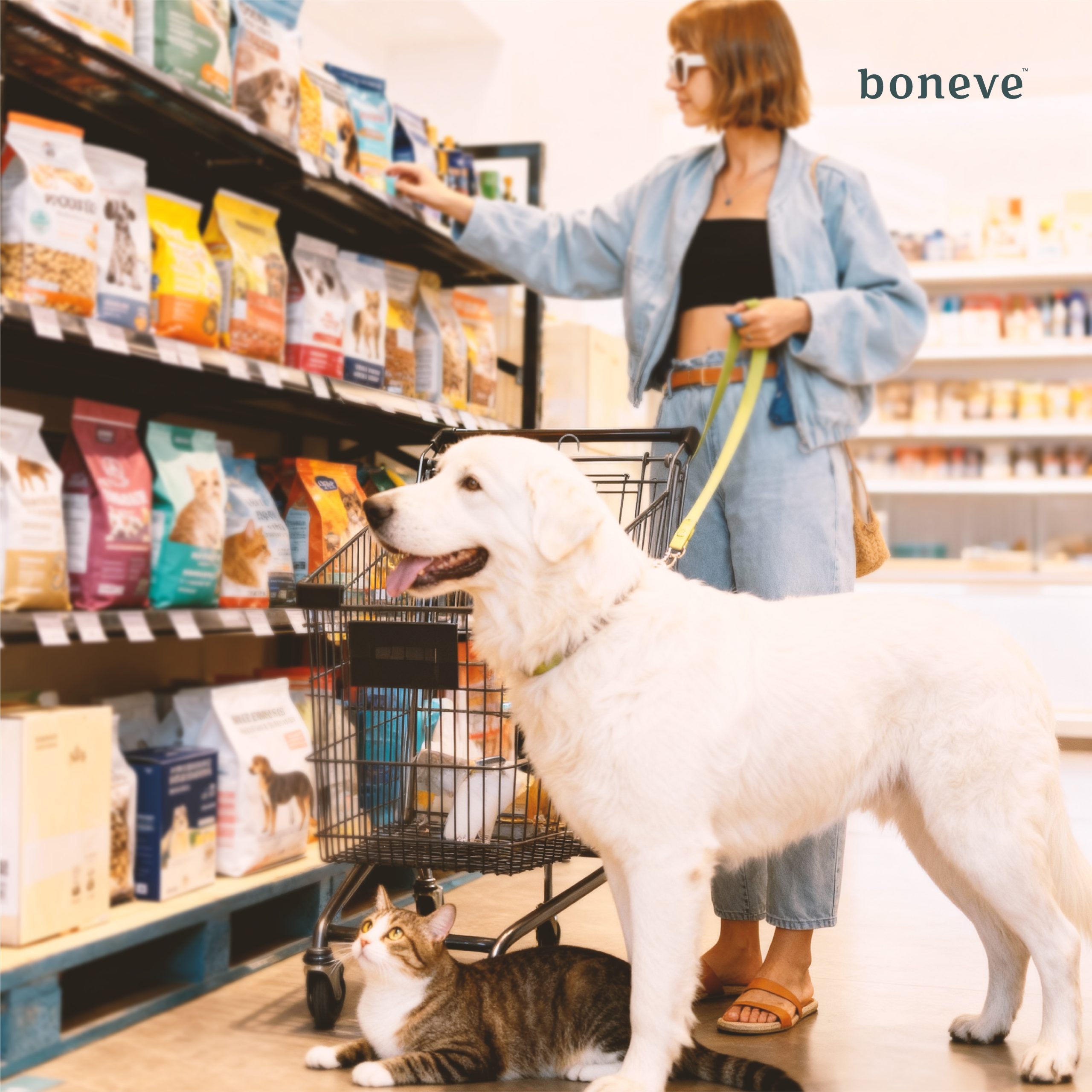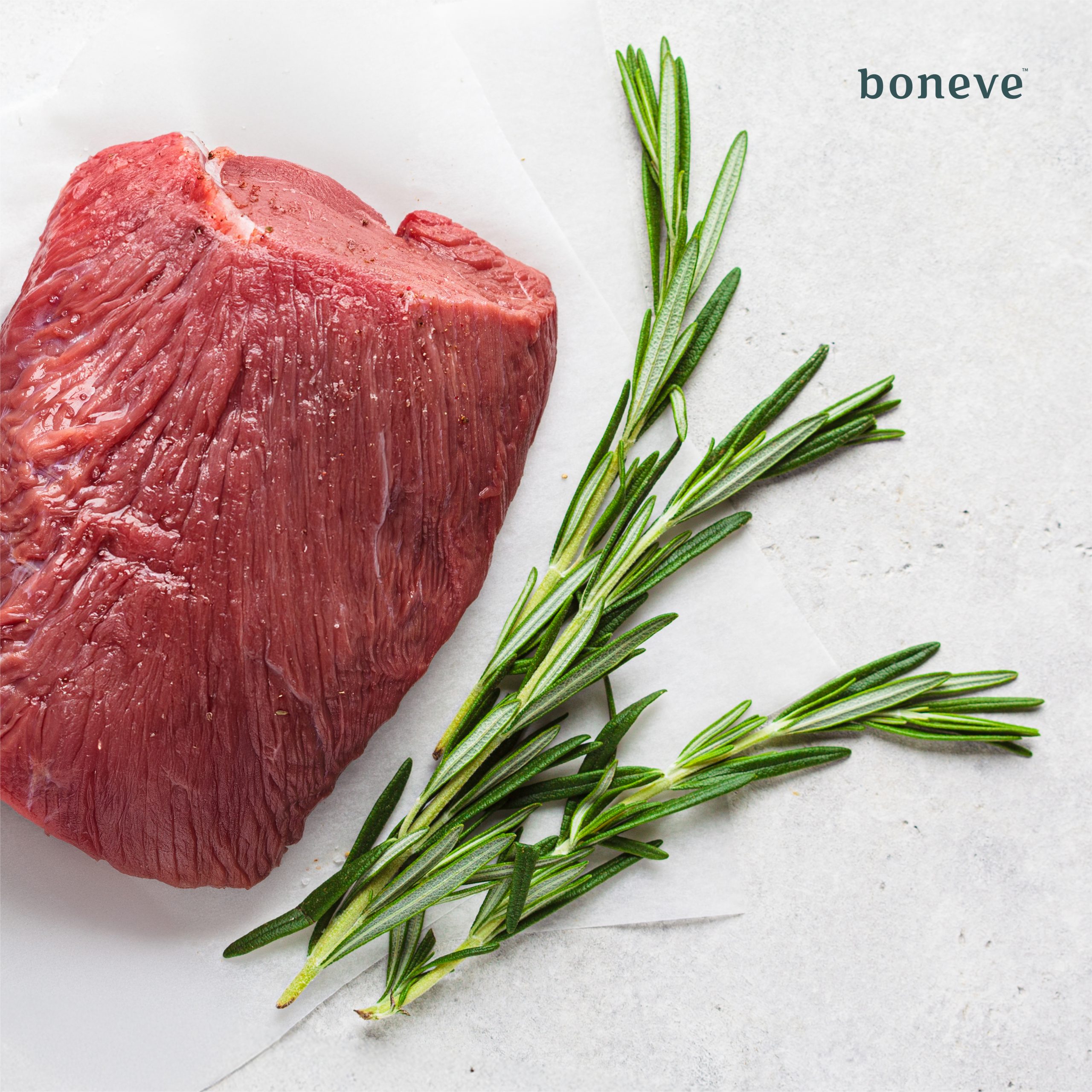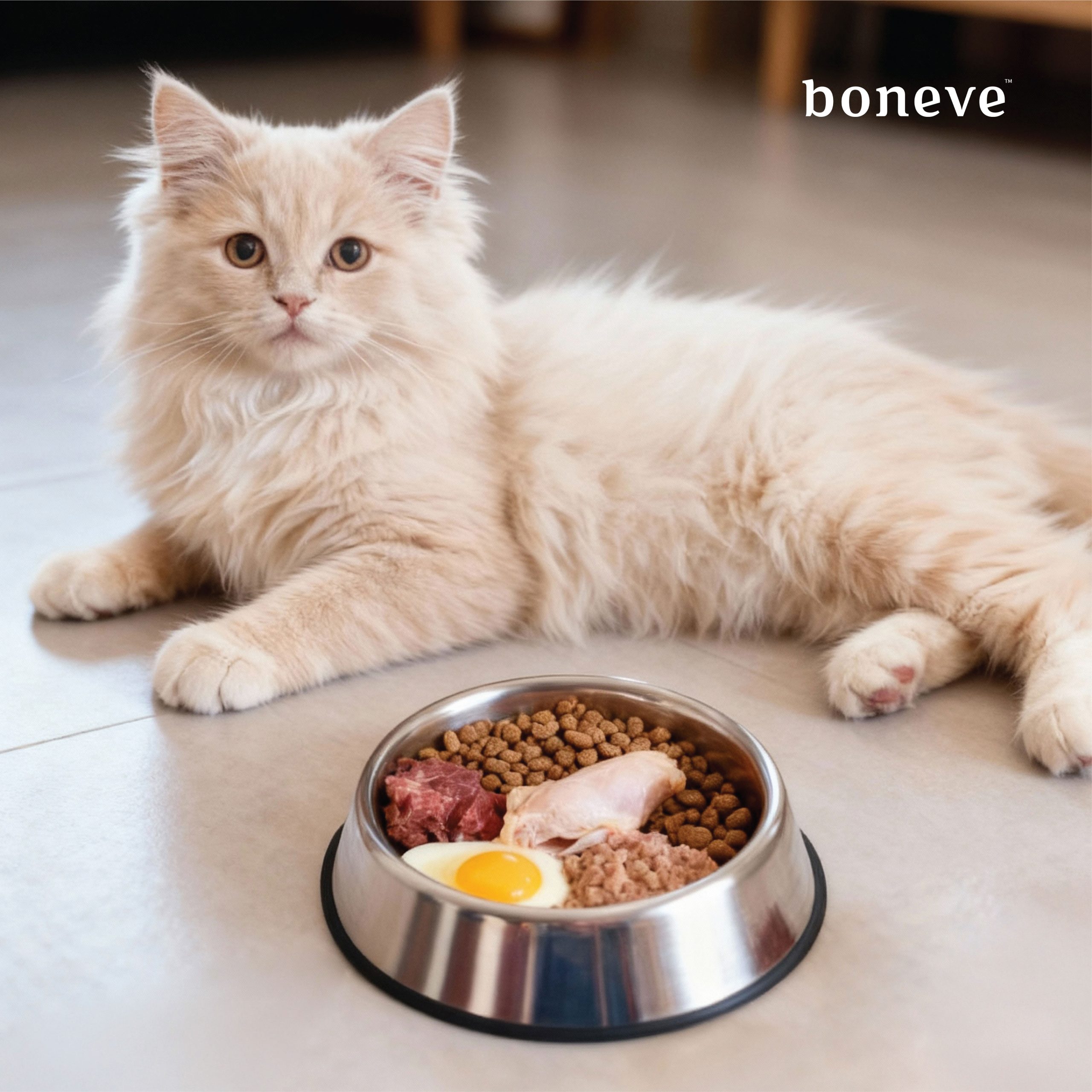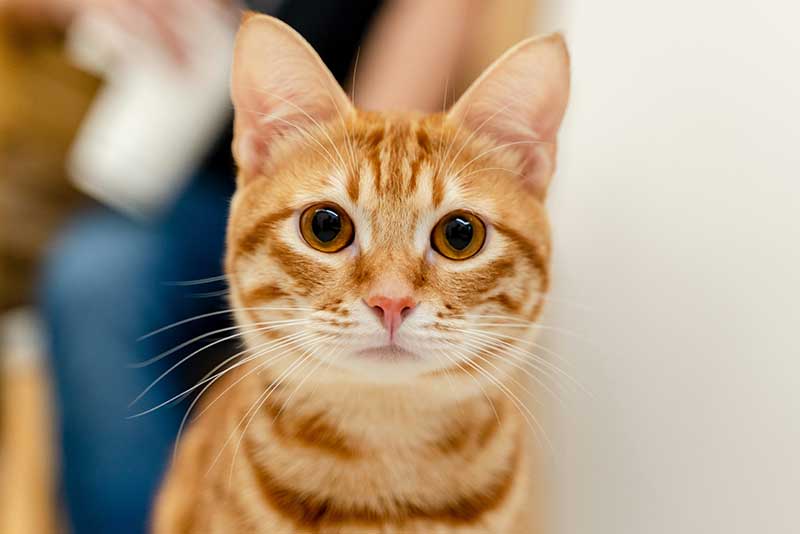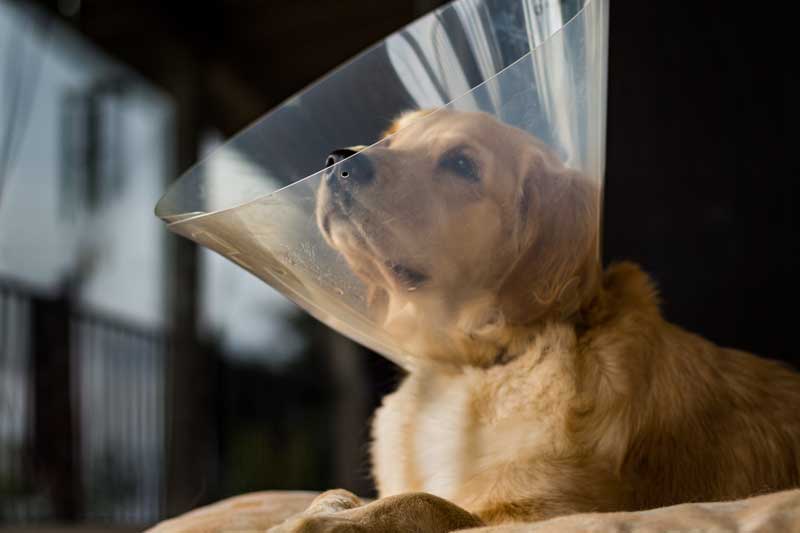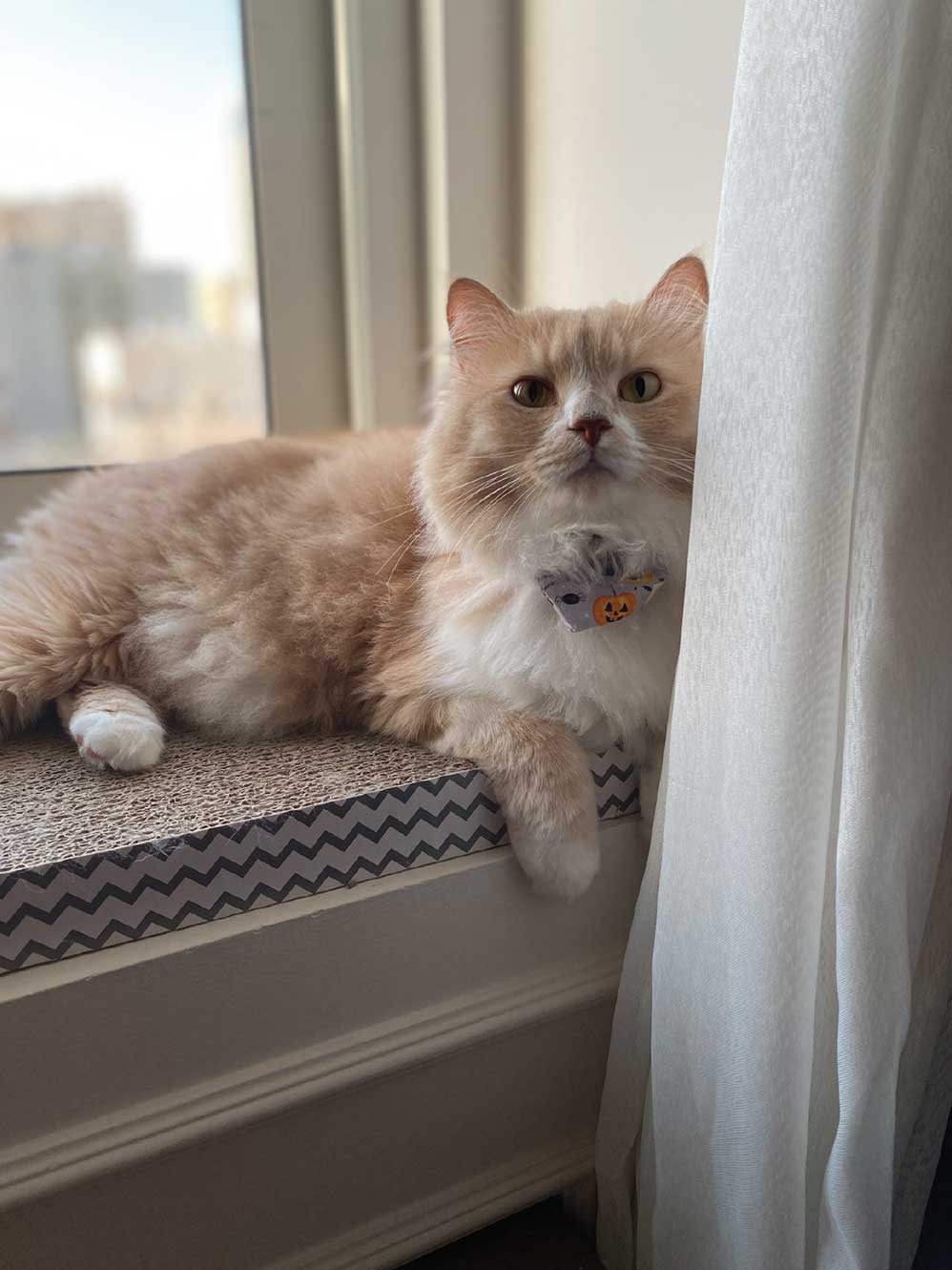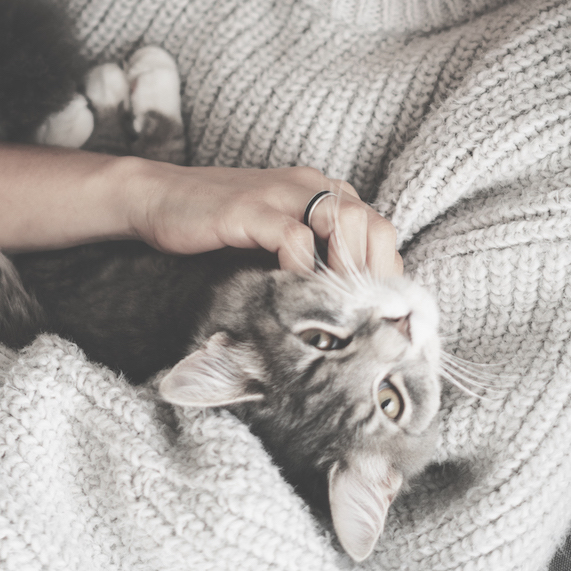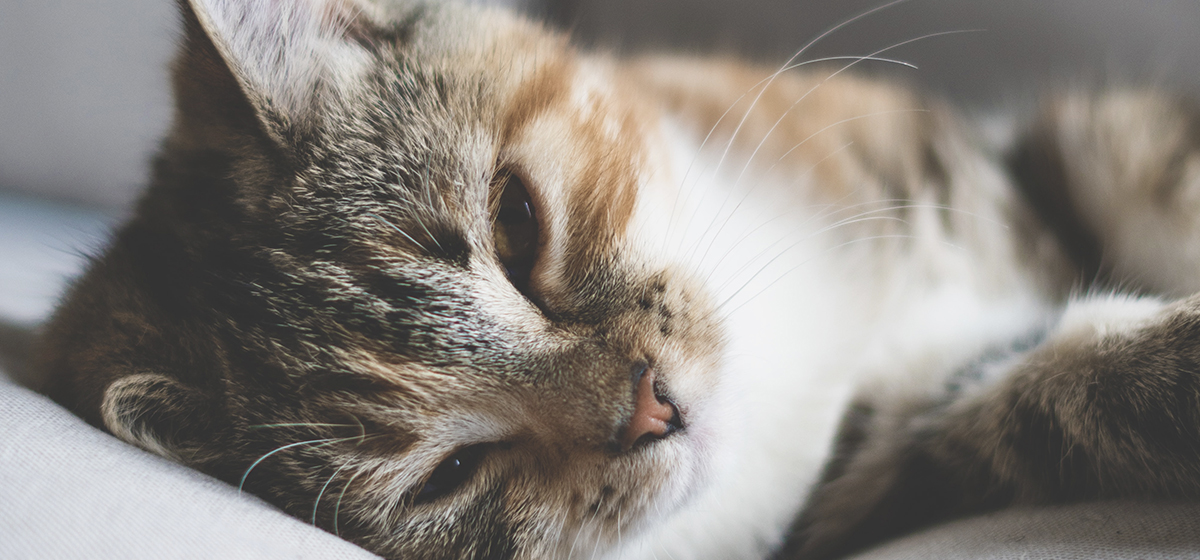Christmas isn’t complete without our furry family. The excited tail wag as you prep the feast, the hopeful eyes following every plate, and the cat who pretends not to care while quietly taking position near the kitchen. They’re family. And family gets to join the feast!
But can pets eat Christmas food? While your stomach can handle rich gravies and that third helping of dessert, your pet’s digestive system operates on a completely different set of rules. One wrong bite can turn Christmas Day into an emergency vet visit.
Let’s talk about how to let your pets celebrate safely with you.
What pets can enjoy from the holiday spread
Holiday feasts bring plenty of tempting flavours, but not every part of the spread is safe to share. Christmas pet food safety is important to keep them healthy. Here’s a quick guide to what pets can enjoy and safely munch on.
Safe, simple proteins
Plain turkey or chicken? Perfect! Just make sure there’s no seasoning, butter, or fancy rubs. Pull some meat aside before you start cooking with all those herbs and garlic. White meat works best because it’s leaner, but a bit of dark meat won’t hurt if your dog or cat can handle slightly richer food. Ham can be tempting but because it’s loaded with salt, best to skip it!
Gut-friendly kibbles
This might sound boring, but mixing a bit of their regular kibble with some warm water can create a “festive” meal that won’t upset their stomach. If you want to make it feel special, serve it in a nicer bowl. Your pets don’t know the difference between everyday and celebration, they just know you’re paying attention to them.
Festive extras (In moderation!)
Plain cooked vegetables can work. Carrots, green beans, peas. No butter, salt, or seasonings of any kind. Some dogs love a bit of sweet potato, cats typically couldn’t care less about vegetables. A tiny bit of plain yoghurt? Fine for most pets. Cheese? Maybe, if your dog isn’t lactose intolerant and you’re talking about a small cube, not half the cheese board!
Foods you should always keep off the plate
Some holiday foods may look harmless, but a few can cause trouble faster than you’d expect. Holiday feasts for pets can be risky, so keep these items off their plate to keep them happy and safe all season long.
Grapes and raisins
While the exact toxic compound is still unknown, grapes and raisins are seriously dangerous for dogs. Even just one or two can cause kidney failure. There’s no known safe amount but a few bites can potentially harm dogs of any size or breed. The risk isn’t worth it, especially when there are so many other treats they can enjoy instead.
Chocolate
You’ve probably heard this a thousand times, but chocolate is a big no for dogs and cats. Chocolate contains theobromine, which dogs and cats can’t process the way we do. Dark chocolate is the most dangerous, but even milk chocolate can be a concern. Keep the selection boxes well out of paw’s reach.
Onions and garlic
These sneak into so many Christmas dishes that it’s easy to forget how dangerous they are for pets. Onions, garlic, leeks, chives—the whole family of alliums—are toxic to both dogs and cats. They damage red blood cells and can lead to anaemia, even in small amounts. That means no gravy (it’s usually packed with onions), stuffing, or roasted vegetables that have been cooked alongside your aromatics.
Alcohol
Even tiny amounts of alcohol can cause serious problems for pets, from breathing issues to dangerous drops in blood sugar. If someone at your table tries to give your pet a taste, just redirect them! Your pet’s liver is much smaller than ours and can’t cope.
Rich, fatty dishes
This is probably the hardest one because holiday dishes smell absolutely incredible. That creamy sauce you spent an hour perfecting? The crispy roast potatoes? The Christmas pudding with all the trimmings? They’re all too rich for your pet’s system. Fatty foods can trigger pancreatitis, which is painful and scary for them (and expensive to treat). It feels mean to exclude them when everything smells so good, but their regular food topped with some plain turkey will make them just as happy.
Bones and leftovers
But dogs love bones, right? Sadly, bones can splinter and pierce your pet’s throat or intestines. Leftover scraps with onions, garlic, or leeks are toxic too, even in small amounts. That delicious stuffing or those pan juices? Keep them for the humans.

Managing holiday table behaviour
Want to reduce the begging? Try feeding your pets their meal about 30 minutes before you sit down to yours. A full dog is a much calmer dog. They’ll probably still come over to check what’s happening (let’s be honest, they’re curious), but you won’t have quite the same level of pleading going on.
Don’t forget to give rewards! If they’re lying quietly while you eat, that’s good behaviour worth acknowledging. A gentle “good boy” or “good girl” means the world to our pets. It’s tempting to only pay attention when they’re making a fuss, but rewarding the calm moments teaches them that patience gets noticed too.
And if you prefer to include them at the table? That’s perfectly fine. Some families love having their pets right there with everyone else. Just set clear rules beforehand. No jumping up or stealing from plates. Gentle discipline keeps the experience enjoyable for everyone, including your pet.

Boneve-approved holiday ideas
The holidays are full of tasty treats and your pet’s plate shouldn’t be an exception. Check out these Boneve-approved ideas for safe Christmas foods for dogs and safe Christmas foods for cats.
Create a “Pet Feast” With Boneve
Want to make them feel truly included? Start with their regular food and make it special. Boneve’s air-dried treats work brilliantly as meal toppers, they’re naturally rich in protein and your pet will think you’ve gone completely over the top with generosity.
For Cats: A Festive Christmas Bowl
Mix their usual cat food with some plain cooked chicken (shredded, not chunked), add Boneve freeze-dried crumbled on top. You can also warm it slightly so the smell really hits them. Your cat might give you extra hugs and kisses after!
For Dogs: A Festive Christmas Bowl
Their regular kibble, mixed with a spoonful of plain veggie puree, some protein of your choice, and Boneve Grain-free dog dry food mushed into pieces. Dogs are quite easy to impress! This will feel like Christmas morning to them.

Time to enjoy the holidays
Your pets don’t need a fancy feast to feel included this Christmas. They just want to be near you, part of the warmth and excitement. A bit of plain turkey, some Boneve treats, and your company? That’s their perfect holiday.

This Christmas dog food guide and Christmas cat food guide isn’t about restriction, it’s about keeping them safe so they can enjoy the day just as much as you do.
Here’s to a Christmas that’s merry, bright, and completely paws-itively safe for everyone!
Buy Here
